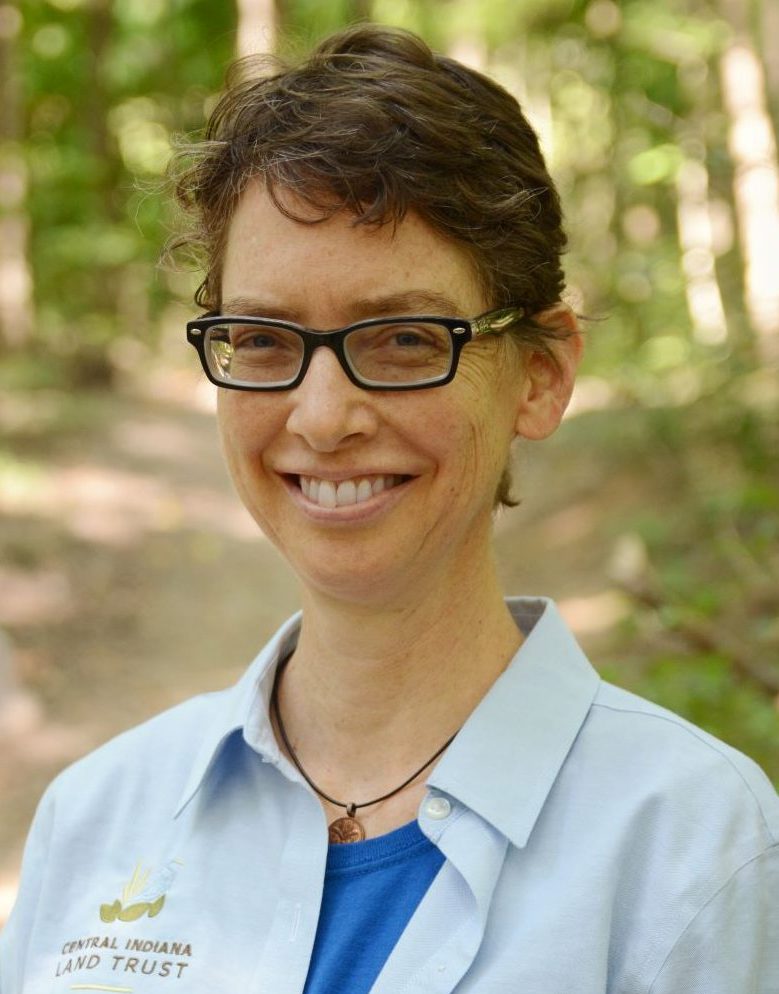This week, we closed on a bat protection project in Vermillion County. This haven for endangered bats is known as Wabash Reach. It takes its name from a “reach” (long straight stretch) of the Wabash River. The land borders a mile-long straight stretch of the Wabash.
And it is now a permanent safe space for bats, thanks to the support of our members and donors!
These 292 acres host federally endangered Indiana bats and federally threatened northern long-eared bats. We protected this land by working with an ecological offset company to offset bat losses from wind farms.
By holding a conservation easement on this land, we ensure that the land will never be developed.
The land’s rich ecosystem is prime habitat for these struggling bat species. Under the loose bark of mature shagbark hickories and white oaks, bats find places to roost. The understory offers plenty of “bat snacks” in the form of moths, flies, leafhoppers, caddisflies and beetles.
Power lines and a railroad track bisect the land—and this is also good for bats. Although we usually try to eliminate edge effect, bats thrive in a landscape like this. The edge allows them to duck in and out of the open areas for insects. The river itself makes another good foraging corridor.
Migratory warblers and Eastern box turtles also make their homes at Wabash Reach. Birds found here include Eastern wood peweee, yellow-billed cuckoo, ovenbird, Kentucky warbler, pileated woodpecker, wood thrush, Eastern towhee and many more. And the land is home to mink, turtles, otters and many reptiles, insects and spiders.
Protecting this land buffers the river from agricultural runoff, preserving water quality in an area with many nearby farm fields. This benefits both the Wabash and the species that live there, such as fresh-water mussels.
Then there are the downstream impacts: The Wabash flows into the Ohio, which flows into the Mississippi, on down to the Gulf of Mexico. The Mississippi Watershed is the largest watershed in North America. It benefits from protection of any segment of its waterways.
And let’s not forget the climate impact of keeping trees on the landscape. Forests like these help to mitigate the impacts of climate change.
So, with this one piece of land, you’ve helped us create permanent safe haven for bats, protect many other plants and animals, contribute to a healthy watershed, and keep carbon in the ground.
Join us in celebrating this win for nature!

Shawndra Miller
Communications Manager